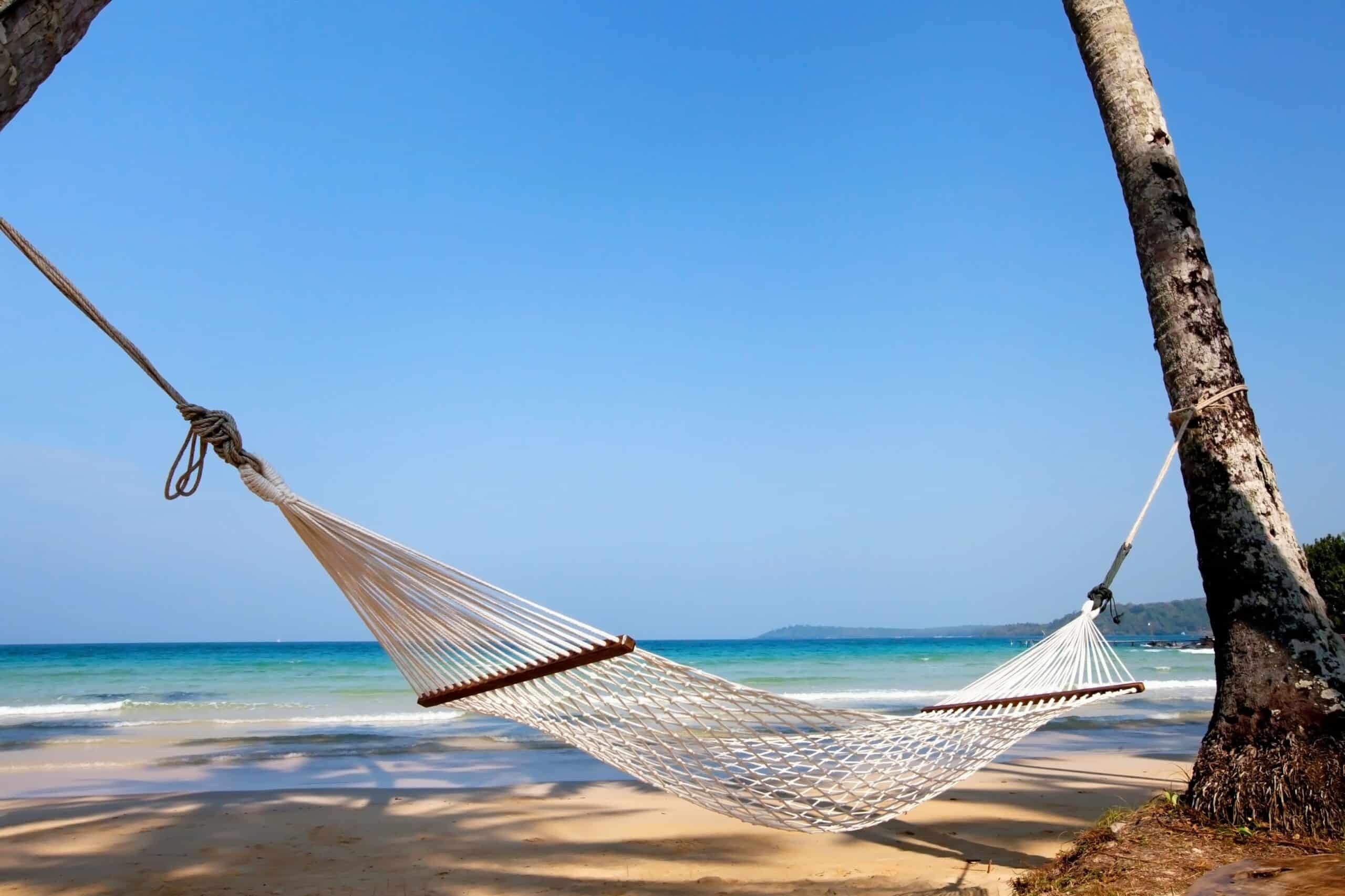
For years, hotel demand pretty much fell into a relatively small number of segments: business, leisure, MICE, groups, etc. For years, the reasons people chose certain hotels over others remained largely unchanged. It’s always a combination of mainly price, location, brand, and possibly service. It’s never about “snazzy room control units” or “space-age showers” or “recliners with massage functions.” Asset managers, take note. Similarly, seasonal travel patterns remained largely constant.
Enter “Generation Z” and burned-out Millennials, and we’re on the brink of a few entirely new travel trends, some of which are somewhat anti-cyclical. Firstly, sleepcations, also known as napcations. Where guests once might have been willing to tolerate a slightly sub-par room in a hotel—because, really, let’s face it, how much time do you actually spend in the room if you’re sightseeing or out on business—the new generation of guests booking sleepcations are unlikely to do so. For them, the room is everything. Forget about the lobby as the heart of the hotel and various fancy F&B outlets—sleepcation bookers are, unsurprisingly, all about the room, the bed, and, well, sleep and relaxation.
According to research, sleep tourism is a growing travel trend predicted to dominate the industry over the next year, driven by 1 in 3 adults who are estimated to miss out on sufficient sleep in their normal lives. There’s a hotel in London that now has a “Sleep Concierge,” while a hotel in Switzerland offers a “sleep diagnostic programme.” Now, you might say that sleeping and relaxing has always been part of staying in a hotel for leisure, but sleepcations take this a step further. Think of the rare pleasure of going to bed knowing that you can sleep as long as you want without a rigid breakfast schedule, sunrise yoga sessions, or other activities that, because you paid for them, you’d be afraid of missing out on.
Will napcations catch on? I don’t know. Let me sleep on it, and I’ll tell you what I think.
While sleepcations are at least vaguely amusing, coolcations have a much more serious background. Climate change, rising summer temperatures, an increase in forest fires, and, take Spain for example, more frequent droughts, mean that travellers are shifting their summer vacations to cooler destinations. Personally, I can see the appeal in this—I spent last year’s summer holidays in our summer house in Spain with temperatures of more than 40 degrees Celsius. You might snort at this if you’re based in the UAE or KSA, but with electricity prices in Spain being what they are, it’s prohibitively expensive to run the air conditioning all day, so you end up slowly melting through the day, whether indoors or outdoors. This year, I declined and went north instead. The Nordics and the Baltic states are the big winners of the coolcation trend—essentially, holidaying in destinations that, even at the height of summer, are more likely to feature temperatures of around 25 degrees Celsius rather than 40 degrees. For Middle Eastern veterans, this isn’t a new trend, as we’re used to escaping the summer heat to our often milder home climates, but for European travellers, this is becoming a thing.
Depending on how things develop, “raincations” might become a trend, so here’s to investing in places like Wales, famous for its mountains, rain, and, erm, Catherine Zeta-Jones.
The point? Gimmicks and fads aside (I mean, would guests really pay for a sleep concierge if they don’t even pay for recliners with massage functions?), the point is that, now more than in past years, societal and environmental changes shape travel patterns, so it’s worthwhile paying attention to what makes people of different generations tick. The current protests against over-tourism in many destinations are a case in point, as is the somewhat older trend of “flight shaming” and taking trains rather than short-haul flights.
I feel that we’re on the cusp of a significant destination shake-up. Every shake-up has winners and losers. If you have a hotel in the mountains of Oman, by a fjord in Norway, or in an otherwise moderate climate, you might be a winner. If you have the misfortune of having a property on, say, the Costa del Sol in Spain (subject to drought-induced water restrictions since 2023), you might well be a loser. On the other hand, every shake-up also holds opportunities, such as the redevelopment of previously over-built destinations and the opening of entirely new destinations. A while ago, a friend showed me a picture of a mountain lodge in the snow with endless views over valleys and wintry mountains and asked me to guess the country. It looked like the Alps in Austria or Germany to me, so that’s the answer I went with. I was wrong; it was Pakistan.
As for my next trip? I’m off to KSA, but only after the summer, so I guess I’m taking somewhat of a coolcation. Now, if I could find a way to combine this with a sleepcation, I would be—for once—a total trendsetter, plus I’d be chilled and relaxed. Safe travels, all!



































































